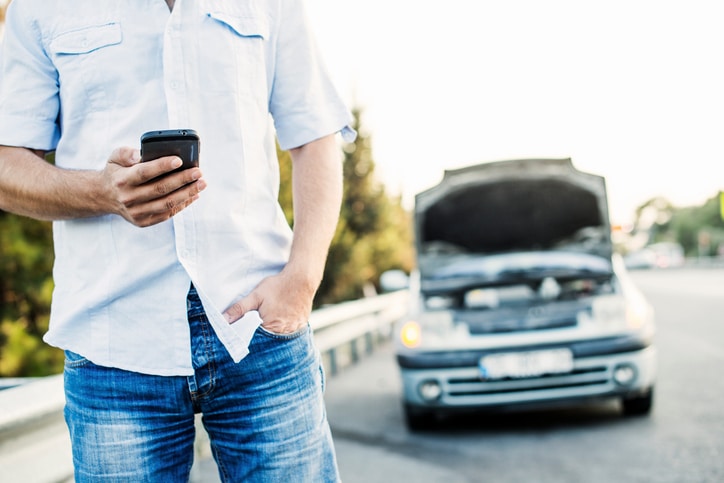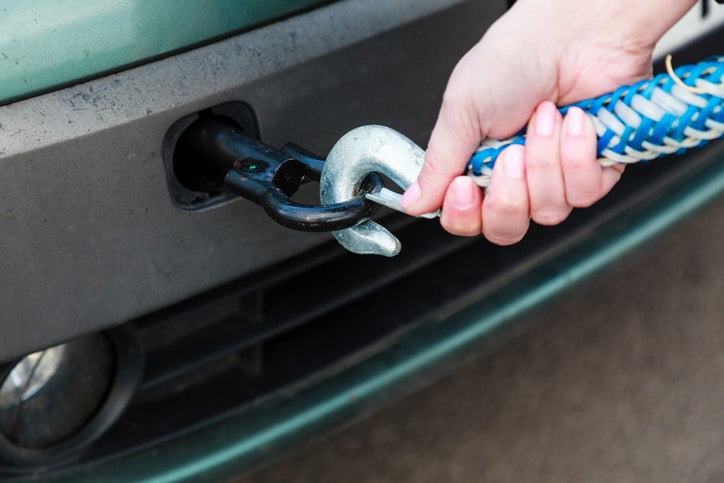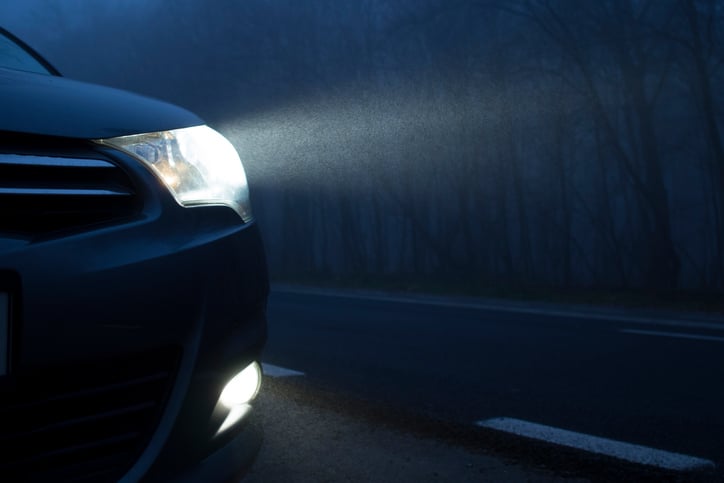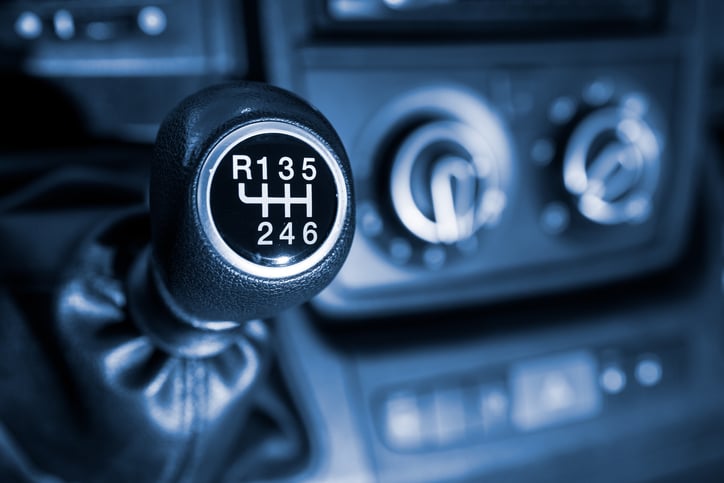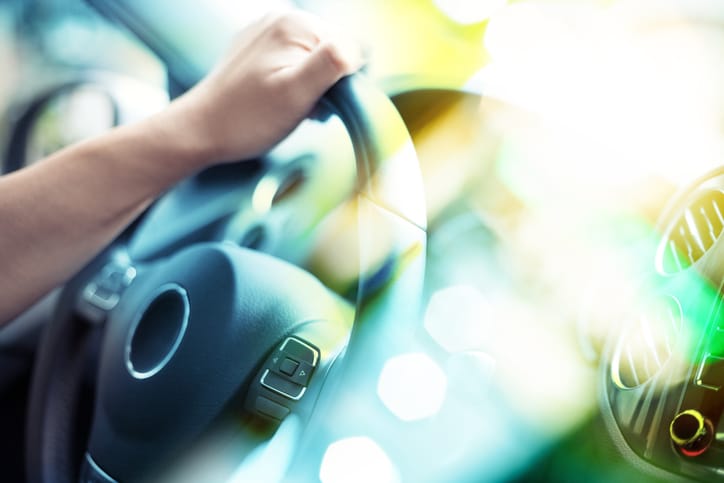You’ve tried everything to get your car going, including jump starting the battery, but the engine just won’t fire. So, what do you do? The obvious answer would be to call for roadside assistance and have a trained mechanic help you out, but what happens when you don’t have breakdown cover? For that, you’ll need a tow – and there’s more to that than you might expect.
Towing isn’t something we do very often, but it pays to be prepared for problems, and you never know when you might need to be towed out of trouble or extend the same courtesy to a mate in need.
For people who have never towed a car before, here we offer a complete guide on how to tow another car safely – from the stuff you need to know before you tow, to essential driving tips that will help protect you and your car.
Things to Know Before You Tow
Before you start towing cars across the country, there are several things you need to know about towing a car safely and legally – we’ve covered these below.
The Maximum Allowable Tow Rope Length is 4.5 Metres
Make sure your tow rope is no longer than 4.5 metres if you don’t want to fall foul of the law. The rope can be as short as you like, but it needs to be long enough to give the car on tow sufficient time to stop and react.
If your tow rope is longer than 1.5 metres, you’ll need to attach a coloured cloth or high-vis sign to make sure it’s visible to other drivers.
Use an Appropriate Tow Car
It goes without saying that some cars are better suited to towing than others. For instance, a Range Rover will always be a better choice than a Volkswagen UP!. As a rule of thumb, try to find a tow car that’s heavier than the one being pulled. Your car’s manual will give you an idea of the maximum tow weight.
You Need to Display the ‘On Tow’ Sign
Most tow ropes and bars are supplied with an ‘On Tow’ sign, which needs to be displayed on the back of the car being towed. This is a legal requirement, and you could be challenged by the police if you’re caught towing without the sign.
The ‘On Tow’ Driver Must be Fully-Qualified
No ifs or buts about it, broken-down cars on tow must be driven by a qualified driver.
Both Cars Must Have Their Lights on When It’s Dark
Broken-down vehicles on tow are treated like any other car in the eyes of the law, and as such must have their lights on when it’s dark, or when the weather’s murky. This just makes sense as other drivers still need to be able to see you.
Obviously, this can be a problem if the breakdown was caused by a dead or faulty battery, in which case you’ll need to call for a professional.
The On-Tow Car Must Have the Ignition Switched On
Even if the engine’s dead, the ignition will need to be left at the ‘on’ position to disengage the steering lock. Remember – cars with power steering will be much, much harder to handle when the engine isn’t running, as more effort is needed to turn the steering wheel.
Make Sure the Car is in Neutral
So that the wheels are able to turn freely, always make sure the on-tow vehicle is in neutral before towing. If you leave it in gear, the wheels won’t turn and you could cause serious damage to the engine.
Check the Manual Before Towing an Automatic Car
If you want to tow an automatic car with the driven wheels in contact with the road, you’ll need to read the manual carefully about towing limits, as you risk damaging the transmission system. The manual should provide information on the maximum speed and distance the car can be towed for.
Tow Bars are Preferred Over Tow Ropes
Traditional tow ropes are slowly being replaced by rigid tow bars (or poles), which offer better performance and reliability, and are considered safer. They make it easier to control the car being towed, and are less likely to snap under pressure. However, ropes are much cheaper, and still provide a good safety net for everyday driving.
It’s Illegal to Tow a Car on a SORN
If you’ve bought an old car in need of refurbishment, towing might be the only way of getting it home. But if the car has been registered as SORN (Statutory Off Road Notification) it can’t go on the road at all, and this includes for towing.
What You’ll Need and Attaching the Car
Here, we list the things you’ll need to tow a car safely.
- A tow rope or tow bar – Make sure you buy a tow rope or bar that meets the weight limit of the vehicle, and never use towing equipment that’s damaged or corroded.
- An ‘On Tow’ sign – These are normally supplied with new tow ropes and bars. Make sure this is attached to the broken-down vehicle. You should also tie a high-vis piece of cloth to longer tow lines.
- Two towing eyes – These are metal hooks which allow a tow rope to be fitted, and are needed on both cars. On older models, they may be built in and are often found under the front/rear bumper or behind a plastic casing. On newer cars, you may need to screw them into a socket (often found behind a plastic panel).
When setting up a car for towing, make sure you connect the tow rope to the official towing points for that specific model of car – details of which can be found in the manual. Remember, tow points are often concealed behind a cover, so you’ll need to lift these open to connect the rope or bar.
The distance at which the front towing car will need to park away from the broken-down vehicle will depend on the length of the rope or bar. Make sure the gap isn’t far enough that the rope is pulled tight, but that it’s fully extended with no hidden loops and knots, which could cause snagging.
Driver Tips for Safe Towing
Towing a car can be tricky, and requires a completely different driving style. Both cars will feel very different to normal, and you’ll need to change how you accelerate, brake and turn to make sure there are no towing hiccups.
Below, we offer our top tips for towing a car safely.
For Drivers Doing the Towing
- Decide on a signal system before you set off. Whether you use two hoots of the horn or a simple hand gesture, you should have a signal for when you need to stop.
- Accelerate very slowly to avoid uncomfortable jolts, which can easily snap a tow rope. You should creep forward up to around 5mph until you feel the rope tighten, and then continue up to around 15mph or so.
- Give plenty of warning before any manoeuvre you make by indicating or making sure you brake in plenty of time.
- Take corners slowly while giving yourself more space than usual. Turning at a wider angle will prevent the tow car from cutting across and mounting curbs.
For Drivers Being Towed
- The steering and brakes will feel very different, as both are power-assisted by the engine. You’ll need to turn the wheel and hit the brake pedal harder to match the car in front, and this can take some getting used to.
- Always make sure the handbrake is off and the car is in neutral before the towing starts.
- Watch the tow car very closely and try to coordinate every movement. Reaction time is massively important for a safe and comfortable journey.
- Try to keep some tension in the tow rope at all times by applying the brakes gently when the line begins to slacken. This will iron-out uncomfortable jolts and snagging, and will help to prevent damage to the tow rope.
At Holts, our DIY car maintenance products are perfect for getting you back on the road without the need for a tow rope. Find out more by visiting the homepage today.
